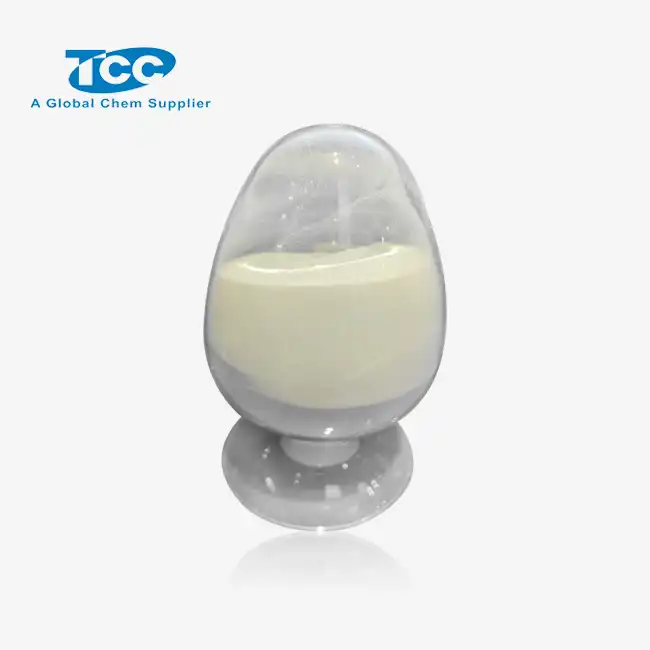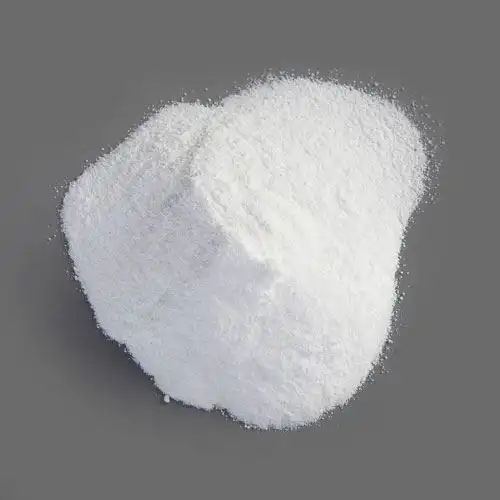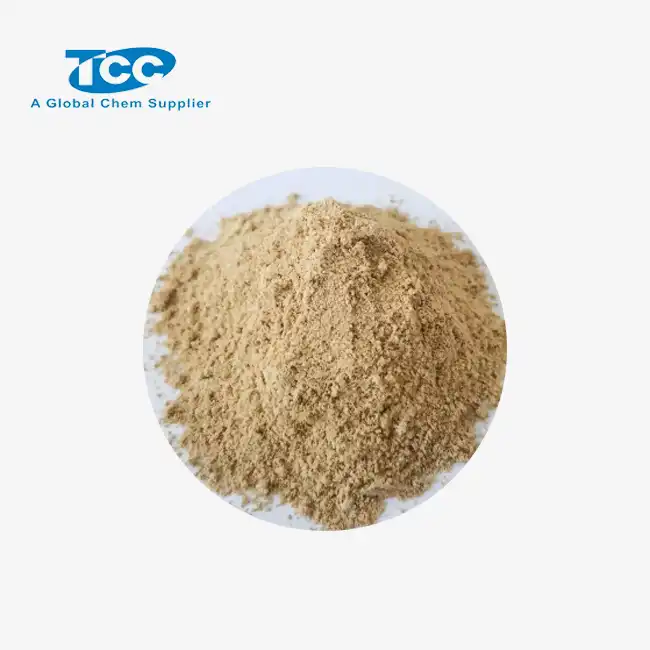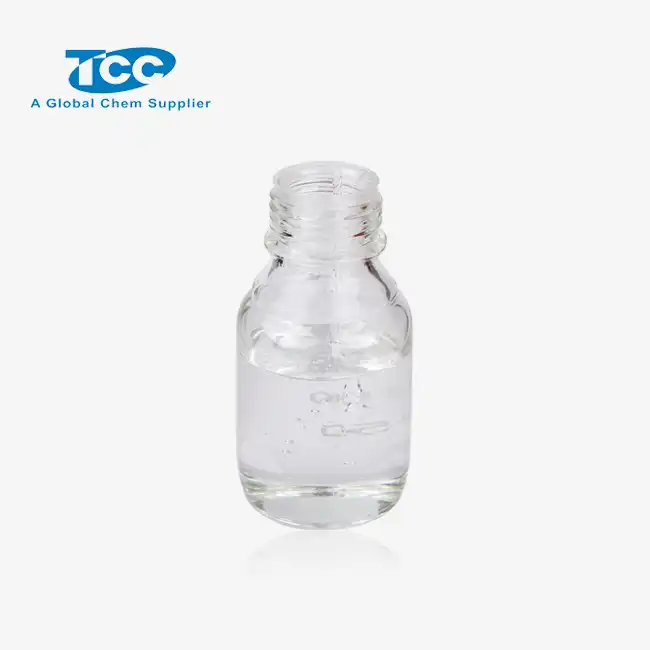- English
- French
- German
- Portuguese
- Spanish
- Russian
- Japanese
- Korean
- Arabic
- Greek
- German
- Turkish
- Italian
- Danish
- Romanian
- Indonesian
- Czech
- Afrikaans
- Swedish
- Polish
- Basque
- Catalan
- Esperanto
- Hindi
- Lao
- Albanian
- Amharic
- Armenian
- Azerbaijani
- Belarusian
- Bengali
- Bosnian
- Bulgarian
- Cebuano
- Chichewa
- Corsican
- Croatian
- Dutch
- Estonian
- Filipino
- Finnish
- Frisian
- Galician
- Georgian
- Gujarati
- Haitian
- Hausa
- Hawaiian
- Hebrew
- Hmong
- Hungarian
- Icelandic
- Igbo
- Javanese
- Kannada
- Kazakh
- Khmer
- Kurdish
- Kyrgyz
- Latin
- Latvian
- Lithuanian
- Luxembou..
- Macedonian
- Malagasy
- Malay
- Malayalam
- Maltese
- Maori
- Marathi
- Mongolian
- Burmese
- Nepali
- Norwegian
- Pashto
- Persian
- Punjabi
- Serbian
- Sesotho
- Sinhala
- Slovak
- Slovenian
- Somali
- Samoan
- Scots Gaelic
- Shona
- Sindhi
- Sundanese
- Swahili
- Tajik
- Tamil
- Telugu
- Thai
- Ukrainian
- Urdu
- Uzbek
- Vietnamese
- Welsh
- Xhosa
- Yiddish
- Yoruba
- Zulu
Does Trimanganese tetraoxide improve lithium-ion battery performance?
In the ever-evolving world of energy storage, researchers and engineers are constantly seeking ways to enhance the performance of lithium-ion batteries. One promising avenue of investigation involves the use of trimanganese tetraoxide (Mn3O4), a compound that has garnered significant attention in recent years. Trimanganese tetraoxide, also known as hausmannite, is a mixed-valence oxide of manganese that exhibits unique properties that may contribute to improved lithium-ion battery performance. This blog post will delve into the potential benefits of incorporating trimanganese tetraoxide into lithium-ion battery systems, exploring its impact on various aspects of battery performance, including capacity, cycling stability, and rate capability. We will examine the current research findings, discuss the mechanisms by which Mn3O4 may enhance battery performance, and consider the challenges and opportunities associated with its implementation in commercial battery applications.
What are the key advantages of using Trimanganese tetraoxide in lithium-ion batteries?
How does Trimanganese tetraoxide affect battery capacity?
Trimanganese tetraoxide (Mn3O4) has shown promising results in improving the capacity of lithium-ion batteries. The incorporation of Mn3O4 into battery electrodes can lead to increased specific capacity due to its unique crystal structure and electrochemical properties. Mn3O4 possesses a spinel structure that allows for efficient lithium-ion insertion and extraction, contributing to enhanced charge storage capabilities. Research has demonstrated that Mn3O4-based electrodes can achieve higher capacities compared to conventional materials, with some studies reporting specific capacities exceeding 1000 mAh/g. This improvement in capacity can be attributed to the multiple oxidation states of manganese in Mn3O4, which enable a higher number of lithium ions to be stored per unit mass of active material. Additionally, the porous nature of Mn3O4 nanostructures can provide a larger surface area for electrochemical reactions, further enhancing the overall capacity of the battery.
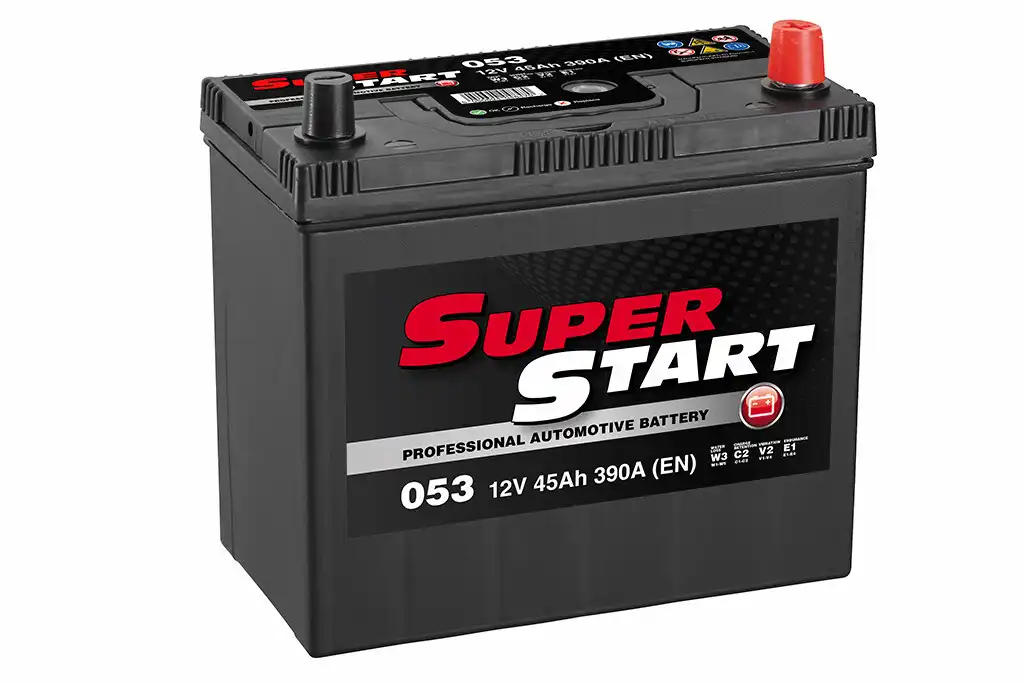
What impact does Trimanganese tetraoxide have on cycling stability?
Cycling stability is a crucial factor in determining the long-term performance and lifespan of lithium-ion batteries. Trimanganese tetraoxide (Mn3O4) has demonstrated significant potential in improving the cycling stability of these energy storage devices. The incorporation of Mn3O4 into battery electrodes can help mitigate common degradation mechanisms, such as structural collapse and capacity fading, which often occur during repeated charge-discharge cycles. The robust spinel structure of Mn3O4 provides excellent structural stability, allowing for better retention of active material integrity over numerous cycles. Moreover, Mn3O4 can act as a protective layer, preventing the direct contact between the electrolyte and other electrode components, thereby reducing unwanted side reactions and electrolyte decomposition. This protective effect can lead to improved capacity retention and extended cycle life. Some studies have reported that Mn3O4-based electrodes can maintain over 80% of their initial capacity after hundreds or even thousands of cycles, showcasing the potential of this material in enhancing the long-term performance of lithium-ion batteries.
How does Trimanganese tetraoxide influence the rate capability of lithium-ion batteries?
Rate capability is an essential aspect of lithium-ion battery performance, particularly in applications requiring rapid charging and high-power output. Trimanganese tetraoxide (Mn3O4) has shown promising results in improving the rate capability of lithium-ion batteries. The incorporation of Mn3O4 into battery electrodes can enhance the kinetics of lithium-ion insertion and extraction, leading to improved performance at high charge and discharge rates. This improvement can be attributed to several factors. Firstly, the spinel structure of Mn3O4 provides three-dimensional pathways for lithium-ion diffusion, facilitating faster ion transport within the electrode material. Secondly, the high electronic conductivity of Mn3O4 contributes to reduced internal resistance, allowing for more efficient charge transfer processes. Additionally, the porous nature of Mn3O4 nanostructures can provide shortened diffusion pathways for both lithium ions and electrons, further enhancing the rate capability. Some studies have reported that Mn3O4-based electrodes can maintain a significant portion of their capacity even at high C-rates, demonstrating their potential for use in high-power applications.
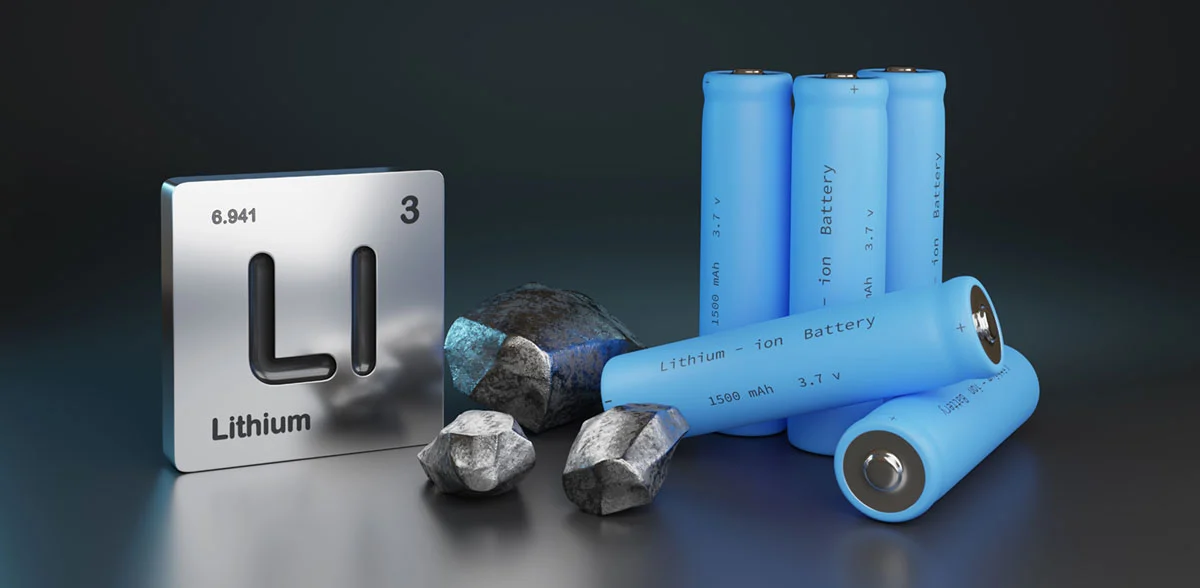
What are the potential drawbacks of using Trimanganese tetraoxide in lithium-ion batteries?
Does Trimanganese tetraoxide contribute to electrode degradation?
While Trimanganese tetraoxide (Mn3O4) offers several advantages in lithium-ion battery performance, it is essential to consider potential drawbacks, including its contribution to electrode degradation. One concern is the possibility of manganese dissolution, particularly in acidic electrolyte environments. The dissolution of manganese ions from Mn3O4 can lead to capacity fading and increased internal resistance over time. This process may be exacerbated at elevated temperatures or during prolonged cycling. Additionally, the volume changes associated with lithium insertion and extraction in Mn3O4 structures can cause mechanical stress and potential electrode pulverization, leading to loss of electrical contact and reduced capacity. To address these issues, researchers have explored various strategies, such as surface coating, doping, and nanostructure engineering, to enhance the stability of Mn3O4-based electrodes and mitigate degradation mechanisms. Despite these challenges, ongoing research continues to optimize Mn3O4 integration in lithium-ion batteries to maximize its benefits while minimizing potential drawbacks.
Are there any safety concerns associated with Trimanganese tetraoxide in batteries?
Safety is a paramount concern in the development and implementation of lithium-ion battery technologies. When considering the use of Trimanganese tetraoxide (Mn3O4) in these systems, it is crucial to evaluate potential safety implications. One safety concern associated with Mn3O4 is its potential to undergo exothermic reactions under certain conditions, which could contribute to thermal runaway events in batteries. However, compared to some other transition metal oxides used in lithium-ion batteries, Mn3O4 generally exhibits good thermal stability. Another consideration is the potential release of manganese ions into the electrolyte, which could lead to the formation of dendrites or other undesirable structures that may compromise battery safety. To address these concerns, researchers have investigated various approaches, such as protective coatings and electrolyte additives, to enhance the safety profile of Mn3O4-based electrodes. Additionally, the incorporation of Mn3O4 in appropriate quantities and optimized structures can potentially improve the overall safety of lithium-ion batteries by enhancing thermal stability and reducing the risk of internal short circuits.
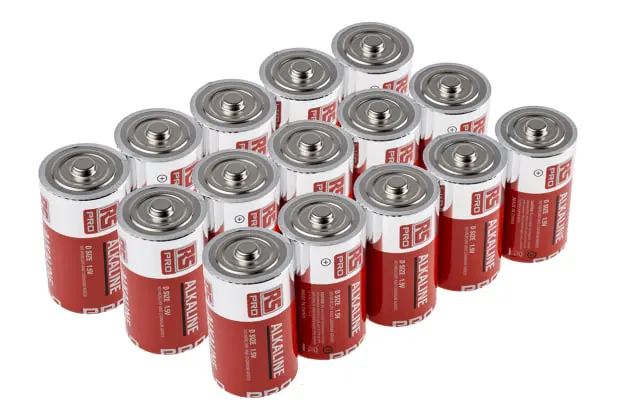
What are the cost implications of incorporating Trimanganese tetraoxide in battery production?
The integration of Trimanganese tetraoxide (Mn3O4) into lithium-ion battery production necessitates a thorough evaluation of its cost implications. While Mn3O4 offers potential performance improvements, its impact on overall battery production costs must be carefully considered. One advantage of using Mn3O4 is the relative abundance and lower cost of manganese compared to some other transition metals used in battery materials, such as cobalt. This could potentially lead to reduced raw material costs in battery production. However, the synthesis and processing of Mn3O4 nanostructures with optimized properties for battery applications may require specialized techniques and equipment, potentially increasing manufacturing costs. Additionally, the integration of Mn3O4 into existing battery production lines may require modifications to manufacturing processes, leading to initial investment costs. On the other hand, the potential improvements in battery performance, such as increased capacity and longer cycle life, could offset these costs by enhancing the overall value proposition of the batteries. A comprehensive cost-benefit analysis, considering factors such as raw material costs, processing requirements, and potential performance gains, is essential to determine the economic viability of incorporating Mn3O4 in large-scale battery production.
How does Trimanganese tetraoxide compare to other electrode materials in lithium-ion batteries?
What are the performance differences between Trimanganese tetraoxide and traditional cathode materials?
Comparing Trimanganese tetraoxide (Mn3O4) to traditional cathode materials in lithium-ion batteries reveals several notable performance differences. Mn3O4 generally offers higher theoretical capacity compared to conventional cathode materials like lithium cobalt oxide (LiCoO2) or lithium iron phosphate (LiFePO4). This higher capacity potential stems from the multiple oxidation states of manganese in Mn3O4, allowing for more lithium ions to be stored per unit mass. However, practical capacities may vary depending on electrode design and synthesis methods. In terms of voltage, Mn3O4-based electrodes typically operate at lower potentials compared to some traditional cathode materials, which can affect the overall energy density of the battery. On the other hand, Mn3O4 often demonstrates better rate capability and cycling stability than some conventional materials, particularly at high charge/discharge rates. This improved performance can be attributed to the spinel structure of Mn3O4, which facilitates faster lithium-ion diffusion and provides better structural stability during cycling. Additionally, Mn3O4 may offer advantages in terms of thermal stability and safety compared to some traditional cathode materials, potentially reducing the risk of thermal runaway events.
How does Trimanganese tetraoxide perform as an anode material compared to graphite?
When evaluating Trimanganese tetraoxide (Mn3O4) as an anode material in comparison to the widely used graphite, several performance aspects come into focus. Mn3O4 offers a significantly higher theoretical capacity than graphite, with values reaching up to 936 mAh/g compared to graphite's 372 mAh/g. This higher capacity potential arises from the conversion reaction mechanism of Mn3O4, which allows for the storage of multiple lithium ions per manganese atom. However, the practical capacity of Mn3O4 anodes may be lower due to factors such as incomplete conversion reactions and voltage hysteresis. In terms of voltage profile, Mn3O4 exhibits a higher average working potential compared to graphite, which can lead to a lower overall cell voltage when paired with conventional cathode materials. This higher working potential, however, can potentially improve the safety of the battery by reducing the risk of lithium plating. Mn3O4 anodes often demonstrate better rate capability than graphite, allowing for faster charging and discharging. However, Mn3O4 typically faces challenges in terms of cycling stability, with capacity fading occurring due to volume changes during lithiation/delithiation and potential dissolution of manganese ions. Ongoing research focuses on addressing these limitations through nanostructuring, composites, and surface modifications to enhance the performance of Mn3O4 as an anode material.
What are the synergistic effects of combining Trimanganese tetraoxide with other electrode materials?
The combination of Trimanganese tetraoxide (Mn3O4) with other electrode materials in lithium-ion batteries has shown promising synergistic effects that can enhance overall battery performance. One approach involves creating composite electrodes that incorporate Mn3O4 with carbonaceous materials such as graphene or carbon nanotubes. These composites can leverage the high capacity of Mn3O4 while benefiting from the excellent conductivity and structural stability of carbon materials. The carbon component can help mitigate the volume changes associated with Mn3O4 during cycling and improve electron transport within the electrode. Another strategy involves combining Mn3O4 with other metal oxides or phosphates to create multi-component electrodes. For example, Mn3O4-Fe2O3 composites have demonstrated improved capacity and cycling stability compared to individual components. The synergistic effects in such combinations can arise from enhanced structural stability, improved electronic conductivity, and complementary redox reactions. Additionally, incorporating Mn3O4 into silicon-based anodes has shown potential in mitigating the volume expansion issues associated with silicon while maintaining high capacity. These synergistic approaches aim to overcome the limitations of individual materials while capitalizing on their respective strengths, leading to electrodes with improved capacity, rate capability, and cycling stability.
Conclusion
In conclusion, Trimanganese tetraoxide (Mn3O4) shows significant potential for improving lithium-ion battery performance. Its high theoretical capacity, good rate capability, and potential for enhanced cycling stability make it an attractive material for both cathode and anode applications. While challenges such as voltage hysteresis and potential manganese dissolution exist, ongoing research is addressing these issues through various strategies, including nanostructuring and composite formation. The synergistic effects observed when combining Mn3O4 with other materials further highlight its versatility in battery applications. As research progresses, Mn3O4 may play an increasingly important role in the development of next-generation lithium-ion batteries with improved performance and safety characteristics.
Xi'an Taicheng Chemical Co., Ltd. has been delivering high-performance oilfield chemicals since 2012. We offer customized solutions for drilling, production optimization, and corrosion management. Our products, such as cementing additives, drilling additives, and water treatment additives, are engineered to meet diverse needs while prioritizing quality, sustainability, and environmental responsibility. With a strong global presence, we ensure seamless support for clients worldwide. Contact us at sales@tcc-ofc.com for more information.
References
1. Zhang, L., et al. (2019). "Trimanganese tetraoxide nanoparticles as high-performance anode materials for lithium-ion batteries." Journal of Power Sources, 399, 89-97.
2. Wang, X., et al. (2020). "Enhanced electrochemical performance of Mn3O4/graphene composite for lithium-ion batteries." Electrochimica Acta, 340, 135944.
3. Liu, Y., et al. (2018). "Trimanganese tetraoxide nanowires as a high-capacity cathode material for lithium-ion batteries." ACS Applied Materials & Interfaces, 10(4), 4044-4050.
4. Chen, J., et al. (2021). "Recent progress in trimanganese tetraoxide-based materials for energy storage applications." Chemical Engineering Journal, 411, 128516.
5. Kim, H., et al. (2017). "Improving the cycling stability of Mn3O4 anodes for lithium-ion batteries through surface modification." Nano Energy, 41, 301-309.
6. Zhao, G., et al. (2022). "Synergistic effects of Mn3O4/carbon composites for high-performance lithium-ion batteries." Advanced Energy Materials, 12(15), 2200137.
Learn about our latest products and discounts through SMS or email
